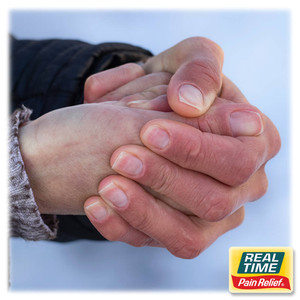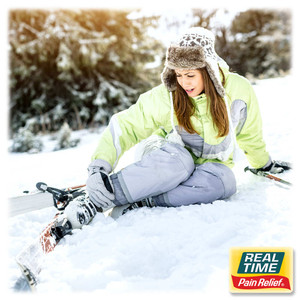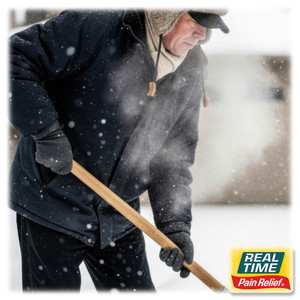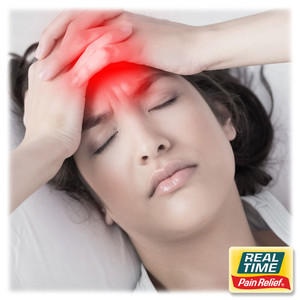6 Things Everyone Needs in Their Hiking Kit
7th Jul 2021
Hiking is a great activity for exercise, relaxation, and just to enjoy with friends and family. Whether you’re an experienced hiker or a novice, there are certain items that you need in your hiking kit. Here are 6 essential things to take on your next hike!
Benefits of Hiking
Feeling the wind on your face and hearing the sounds of the trees rustling while hiking is not only enjoyable, but it’s good for you. There are several benefits to hiking, both emotionally and physically.
Hiking is a great cardiovascular exercise. Regular cardio helps improve your fitness and decrease your risk of several diseases. For example, many studies indicate a reduced risk of heart disease with regular exercise. One study published in the journal Current Opinion in Cardiology found that people that walked three times a week for thirty minutes had short-term gains, including lower blood pressure and improved cholesterol levels. Long-term exercise also decreased the risk of coronary artery disease.
Hiking also is good for you emotionally. It can improve your mental well-being. As reported by Harvard Medical School, being in nature can boost mental health and mood. Spending time outdoors reduces anxiety, stress, and lowers a person’s risk of depression.
6 Items to Carry in Your Hiking Kit
Before going hiking, it’s helpful to be prepared. Make sure you know your route and have a cellphone in case of an emergency. But keep in mind, depending on where you hike, you may not get service, so don’t rely on it. Bring plenty of water and healthy snacks to keep you fueled. Several other items are useful to pack in your hiking kit, including:
#1) Anti-Itch Lotion
Although the outdoors is often beautiful, it’s also full of insects and plants that can irritate your skin, leaving it itchy. An anti-itch lotion is an essential part of a hiking kit. Pick a lotion that is free of parabens, dyes, and fragrances, which could irritate the skin further. Instead, look for an anti-itch lotion that contains ingredients, such as colloidal oatmeal, olive fruit oil, and shea butter.
#2) Sun Protection
Every hiking kit should contain sun protection even if it looks overcast. The UV rays can penetrate the clouds and lead to sun damage. According to the American Academy of Dermatology, you should use a sunscreen with an SPF of 30 at least. Sunglasses and a wide-brimmed hat provide additional sun protection.
#3) Map and Compass
It’s a good idea to bring a compass and a map hiking even if you are traveling in familiar territory. You never know when you will take a wrong turn or decide to change course.
#4) Topical Pain Relief Lotion
Hiking is great exercise, but it can leave you with a sore back, legs, or shoulders. A pain relief lotion is a great addition to your hiking kit. It does not have the side effects of pain medication and provides fast relief, so you can continue on with your trek. A pain relief lotion can help to decrease exercise-induced muscle aches and reduce discomfort. Lotions that are free of steroids but contain nature's ingredients are your best bet. Look for ingredients, such as capsicum, menthol, peppermint oil, turmeric, and willow bark.
#5) Lip Balm
Don’t forget to protect your lips when you are out hiking. The sun and wind can dry your lips, leaving them cracked and uncomfortable. Pack a lip balm that contains ingredients, such as chamomile, lanolin, and coconut oil to keep your lips well-hydrated.
#6) First Aid Kit
It’s always a good idea to carry a first aid kit when you’re out in the wilderness, especially on long hikes. Carry a kit setup for minor injuries. You can purchase pre-packed kits or put together your own with band-aids, medical tape, tweezers, and antibiotic ointment.
Hiking Tips
When you head out for a hike, there are a few things to keep in mind to prevent injury and stay safe. Consider the following tips:
Consider Hiking with a Buddy or Join a Hiking Club
Not only is it safer to hike with others, but it’s also more fun.
Wear Comfortable Hiking Boots
Few things will ruin your time in the backcountry faster than blisters on your feet. Make sure your hiking boots fit well and are appropriate for the conditions.
Dress in Layers
Depending on where you are going, the weather can change quickly. Wearing thin layers helps provide better temperature control than one heavy garment.
Leave Information About Your Hiking Plans with a Friend
Let a friend know where you are going and when you expect to be back. Even experienced hikers can run into trouble. Bad weather, a misstep, or heading in the wrong direction can leave you in an unexpected situation.
Enjoy!
Hiking is a great way to enjoy nature and unplug from technology and the day to day stresses of life. Relax and enjoy all the beauty around you!
Pain Relief You Can Trust® Since 1998
For over 20 years, families across the U.S. have turned to Real Time’s lotions and creams for PAIN RELIEF YOU CAN TRUST®. From Lifestyle Essentials, through our Nujuvena line, to Pain Relief Formulas, Real Time has you covered. LEARN MORE
Sources:
- https://www.health.harvard.edu/blog/health-benefits-of-hiking-raise-your-heart-rate-and-your-mood-2016092810414
- https://www.ncbi.nlm.nih.gov/pmc/articles/PMC3098122/
- https://www.americanhiking.org/wp-content/uploads/2013/04/Heath-Benefits-of-Hiking-fact-sheet.pdf
- https://www.aad.org/media/stats/prevention-and-care/sunscreen-faqs





